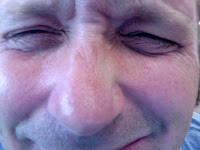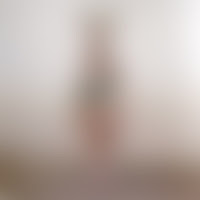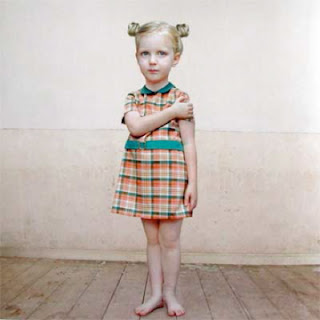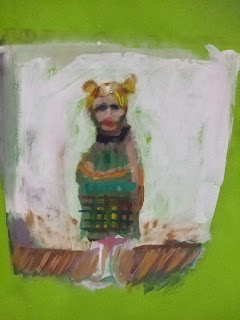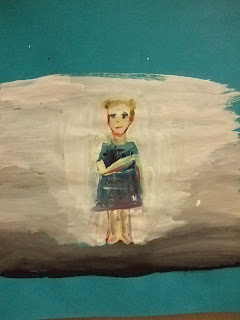
I require sketchbooks in all of my classes. The reasoning is quite simple. One cannot become a masterful artist, critic, or thinker by only applying what they have learned during a 52 minute class period. The sketchbook allows for personal reflection and application of knowledge that requires personal time.
I want my students to be original in their creations. I want them to innovate in their imagery and ideas. I deliver drawing and painting skills to my students with the aim of mastery of the principles and elements of art. I want them to know the rules before they break them and/or use them for illustration and ideation in other venues. Innovation requires an amalgamation of the new and old. Original ideas come from the fusion of things we know with newfound knowledge. I want my kids to draw, write, and think on the pages of their sketchbooks. Journal-like, diary-like, ramblings and fusions of ticket stubs, song lyrics, drawings, pictures, and inspiring daily observations. I want them to record observations with words as well as drawings. I want them to communicate their world on the pages of that book.

I model what I want my students to do. I work in my sketchbook daily.
The sketchbook allows me to get a thought/idea out of my head and onto the page.
It allows me to pull together a tight thumbnail(small) sketch that fills a composition easily and quickly, and then try multiple views of the same thought/idea.
It allows me to render, alter, and build imagery that is mine.
It allows me to write ideas about art, conversation, situations, and inspirations, that I can come back to for reference.
